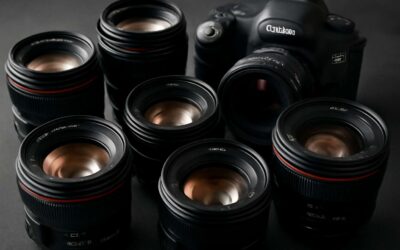
Using a zoom lens is a great way to take photos of things that are close up. You will be able to capture the details of your subject and make sure that you get the right shot.
Wide-angle zoom lenses
Whether you are looking for an ultra wide angle lens or a wide zoom, B&H has hundreds of different options to suit your needs. They range from zooms, ultra wide angle primes, circular fisheyes and more. There is also a wide variety of brands to choose from, including Canon, Sigma, Nikon and Sony.
When shopping for a wide-angle lens, the key is the focal length. Some lenses have a maximum aperture of f/2.8 or f/4, while others have variable apertures. This can be an important factor, as the smaller the aperture, the smaller the image quality may be.
Generally, a wide-angle lens is a great choice for sports and architecture photographers. The wider the field of view, the more elements can be included in the frame. They can also allow for more movement in the subject, as well as for a wider perspective on the background. However, wide-angle lenses can cause barrel distortion. This causes straight lines to bow outward, and is particularly problematic when photographing people.
Varifocal lenses
Optical zoom lenses are often considered to be similar to varifocal lenses. They both have a range of focal lengths and are designed for still photography and videography. Nevertheless, they have different constructions.
A varifocal lens is a glass lens that changes its curvature and focus as you change your focus. The varifocal lens is used to correct the inconsistencies that can occur when you extend the depth of field (DOF). It also allows you to select the best angle.
Unlike a fixed lens, a varifocal lens does not need to be adjusted manually. It can also be reused in different situations. It is also less expensive.
A varifocal lens may have a higher resolution than a traditional one, although this is not always the case. In the past, varifocal lenses had a simpler construction. Today, they can be motorized and adjusted from a user interface.
The proposed microscope system includes a varifocal lens, an external driver system, a microscope, and an image sensor. The image sensor is a 2/3” progressive scan CMOS.
Macro capture mode
Using a Macro capture mode for a zoom lens can be an enjoyable way to take close up photos. However, choosing the correct settings can be tricky. It’s easy to make a bad choice, and end up with a blurry picture.
The most basic camera settings for macro photography include ISO, aperture, shutter speed and flash. For the best results, you’ll want to use a tripod to ensure your camera remains steady.
In addition to the basics, you’ll need to know what the minimum focus distance is for your particular lens. This is usually listed on the lens’ technical specifications. You should try to get closer to your subject to increase your magnification and keep your subject in focus.
You should also look for a lens with image stabilization, which will help reduce vibration and shake when you’re shooting at close range. Many of these lenses also have a manual focus feature that can be used to help you achieve that perfect focus on your subject.
Cost
Having a zoom lens is a great way to adjust the focal length of a picture. These lenses are also very useful for taking pictures that have blurred backgrounds. They also have the ability to change the aperture.
The cost of zoom lenses can range from $200 to more than $1,000. The price depends on the type of lens you want and the focal length you need. There are telephoto zoom lenses, as well as wide-angle zoom lenses. A telephoto zoom lens is especially handy for capturing landscape photographs. These lenses can range from 200 to 500mm.
Another factor that can affect the cost of a zoom lens is the lens materials. For example, a telephoto zoom lens may be more expensive because it uses a lens material with a high refractive index. This means it is easy to correct aberrations.
You can also reduce the cost of a zoom lens by choosing inexpensive lens materials. In some cases, you can use a mechanical linkage to adjust the diameter of the aperture. This will help to organize the exposure throughout the zoom range.

0 Comments